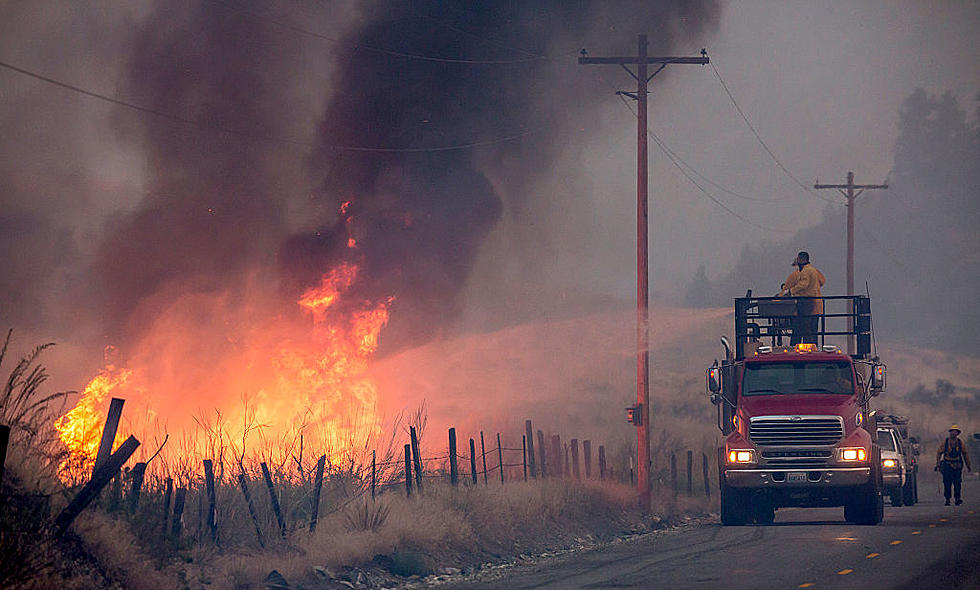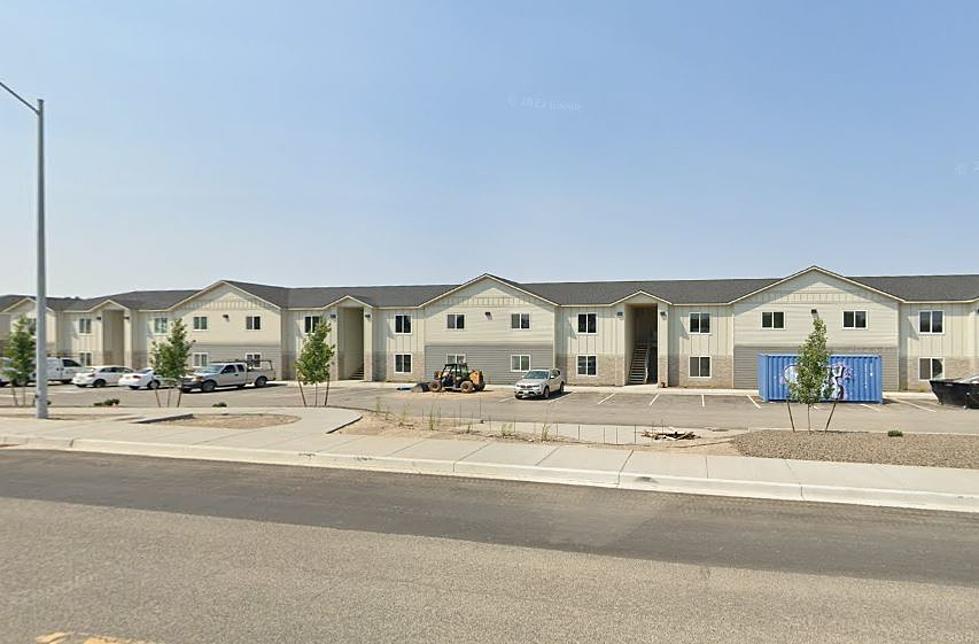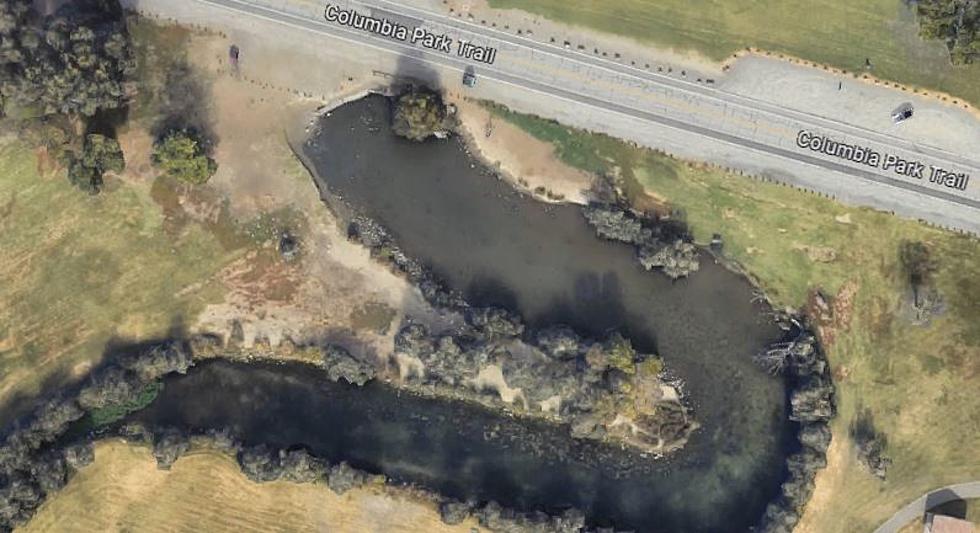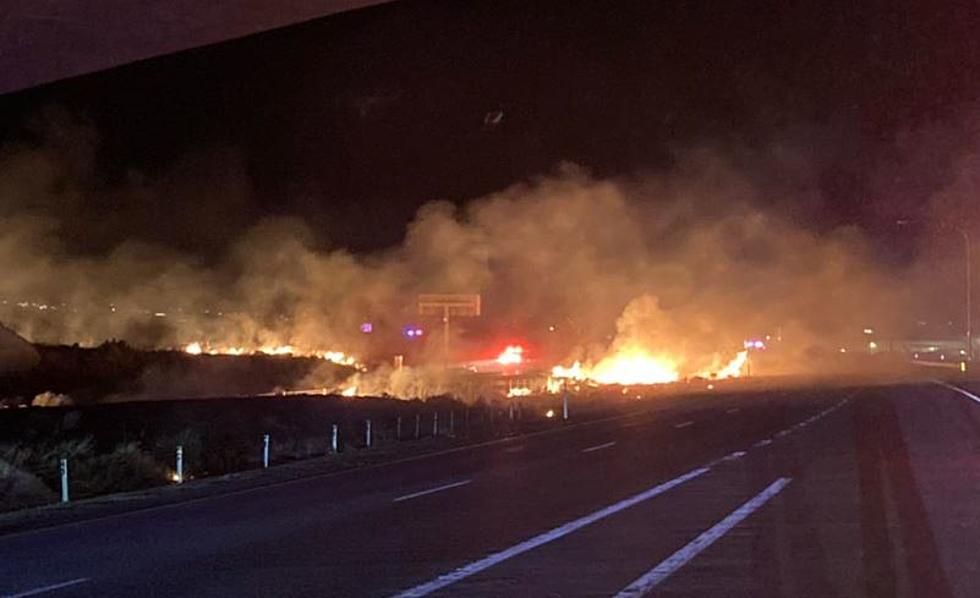
Here’s Why Officials Bug You About Your Tall Weeds (Code Enforcement)
There are a lot of homeowners that at least once over the years have heard from Code Enforcement, whether it's about weeds, vegetation, or trees hanging over the sidewalk (that would be us). But now there's a reason many people might not think of.
Code Enforcement says it's mainly a fire hazard
Especially if you live in fast-growing areas with some space, or you have some acreage, code enforcement officials say it's about fire safety. It's not just about appearance.
The West Richland Police Department, and other officials, have issued reminders for home and landowners to keep their larger space areas cut down, a buzz cut if you will.
With heavy rain, triggering a lot of growth, and the 4th of July coming up, they are paying close attention.
According to the West Richland Code Enforcement folks:
"A firefighter of many years advised that there is fire science behind this code. He stated that dry vegetation is considered a "fuel load". The height of fuel load is directly related to the fire's intensity, flame length, and heat. Having 1-2 inch high dry/dead vegetation will slow a potential fire down (low flame, less heat). Slowing a fire is key, to give first responders a chance to get there."
West Richland's code says six inches or lower for vegetation, especially that found in open fields.

It does make sense, we have seen numerous reports over the years showing bushfires raging through areas where the grass-weeds-vegetation was waist-high.
LOOK: The most expensive weather and climate disasters in recent decades
More From 870 AM KFLD









